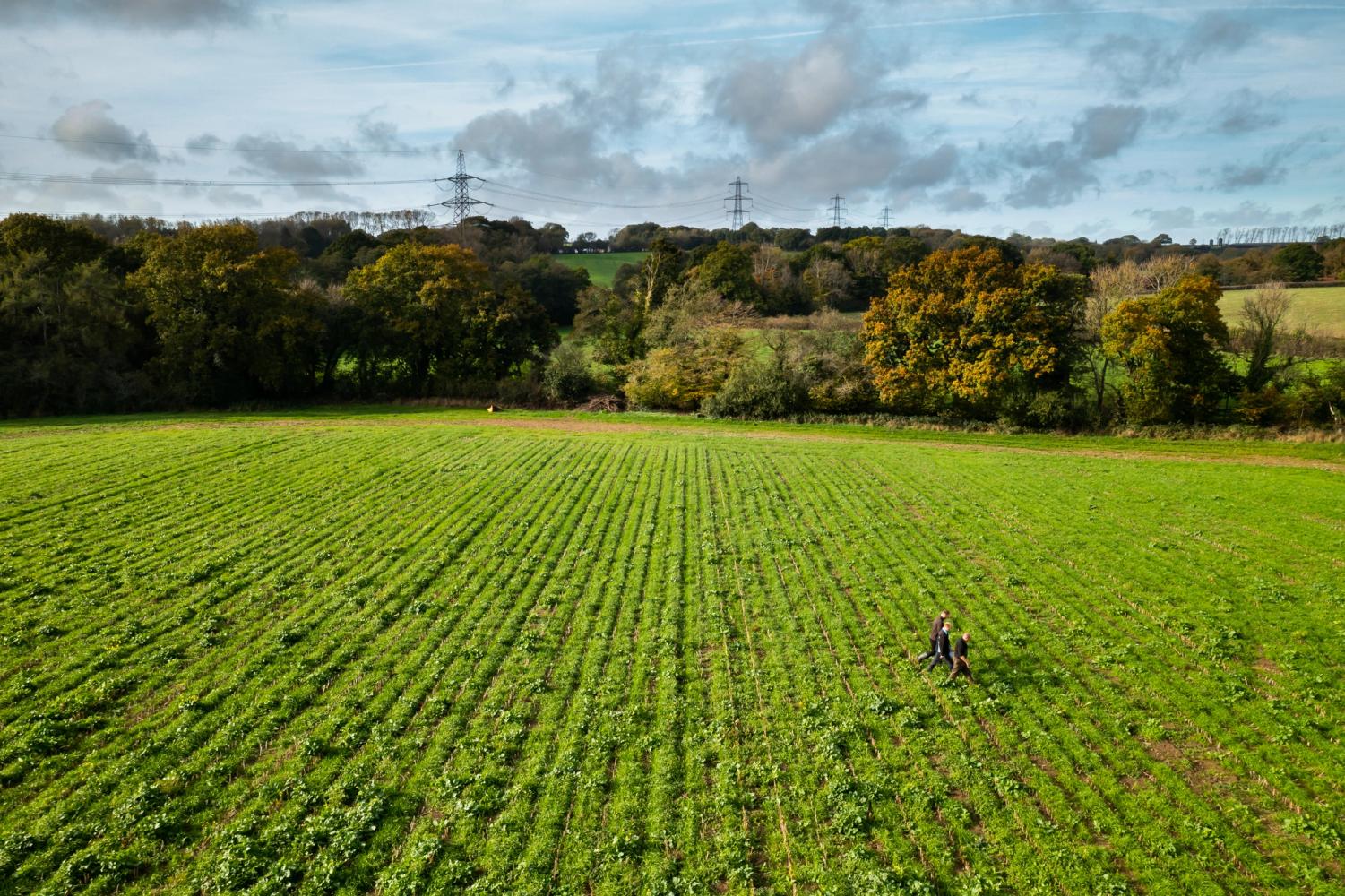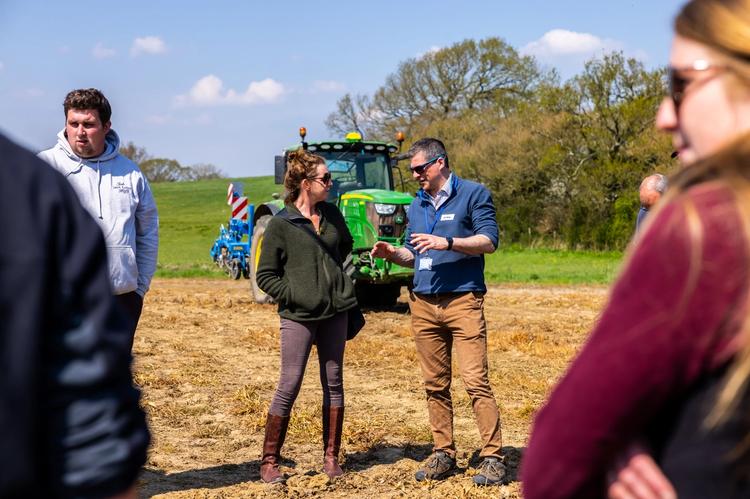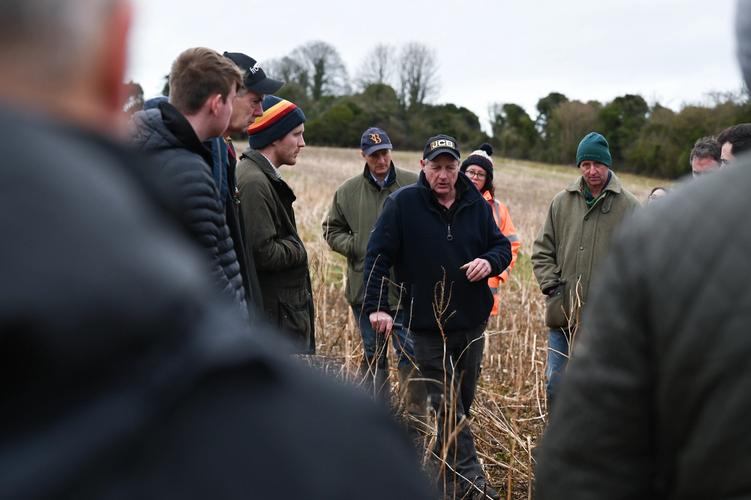From feeding animals, to biogas production, to delicious corn on the cob. There's lots to love about maize.
But without proper protection, the bare soils left after harvest can wash into local rivers - bringing potentially harmful nutrients with them.
Although we remove any harmful substances during the water treatment process, removing them at the source means less energy and fewer chemicals are needed to make the water safe to drink.
That's why we're encouraging you to love your maize and pair it with grass, ideally sown when the crop reaches the 4-6 leaf stage.
To help with this, we offer up to £160 per hectare for interrow sown grass, and up to £10,000 in addition for precision machinery through our Capital Grants Scheme.
If you miss the boat for inter-row sowing, we also offer a lower rate of £110 per hectare for post-harvest grass or £75 per hectare for winter cover crops.
Importantly, it doesn't affect yield.
But don't just take our word for it.
Horam dairy farmer Ben Pike has trialled both interrow sowing and post-harvest grass.
Here's his take on the benefits he's seen:
Our maize calendar runs from Valentine's Day each year - you should start planning your maize rotation from mid-February, ready to sow grass alongside - or shortly after the maize - in April, keeping any grass sown in the ground until after Valentine's Day the following year.
Our maize offering follows several years of trials and input from the Maize Growers Association, as well as local farmers.
Find out more
Find out more
Get in touch with your local catchment advisor, or visit our Capital Grants Funding homepage to find out more about sustainable maize management.
We also run farmer event and workshops across the south east of England, so check out our events page on information on how to get involved.



